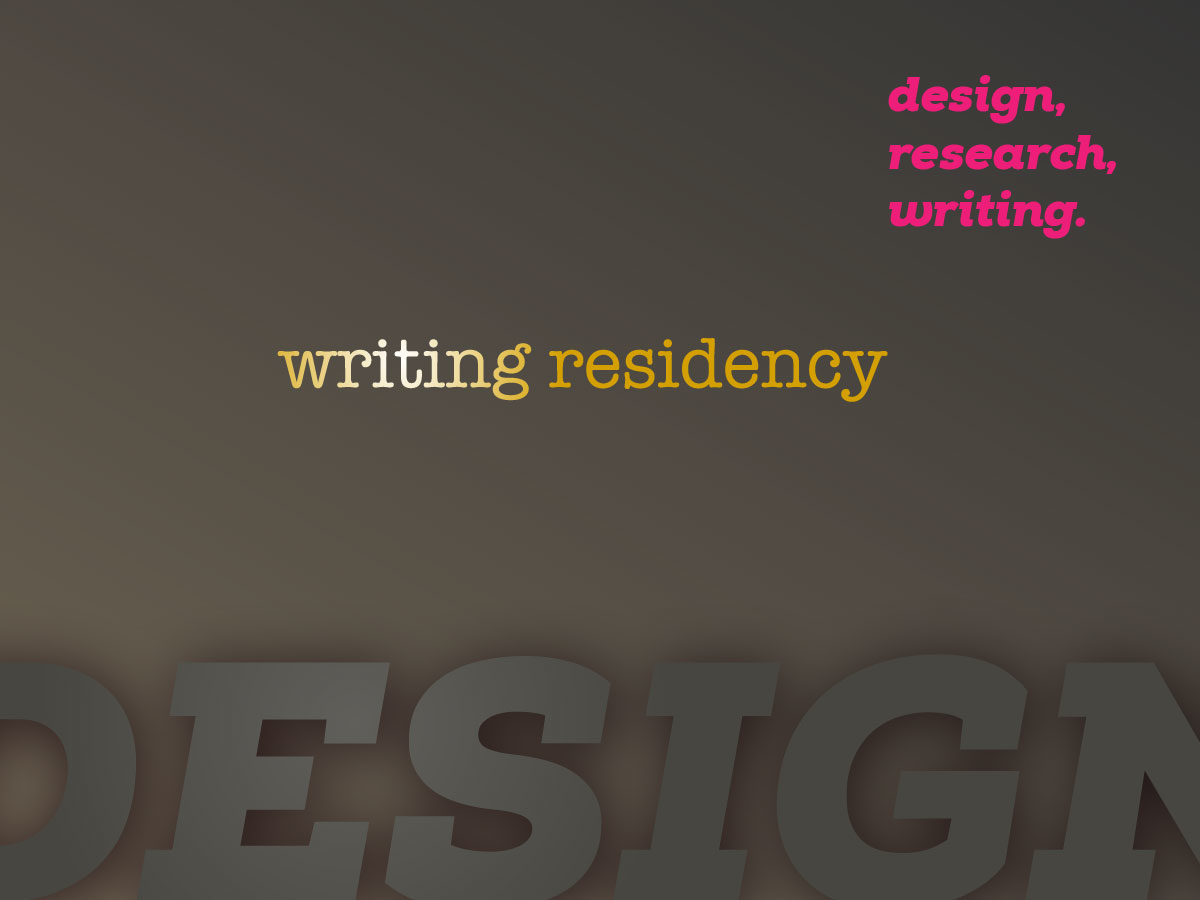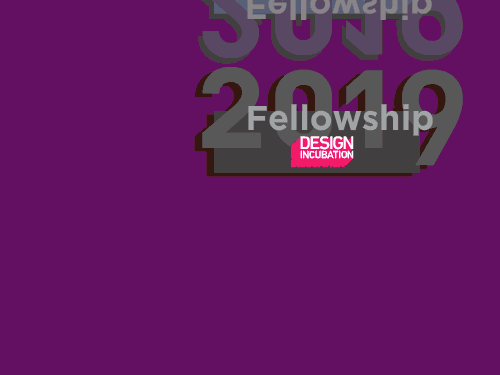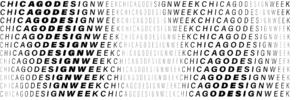The following document is a rationale and analysis for developing an academic research abstract in the field of communication design.
Dan Wong, Aaris Sherin, Carma Gorman, Jessica Barness
Writing abstracts about research, teaching practices, creative work, etc. in Communication/Graphic Design can be challenging because there are no clear accepted or uniform protocols for how these documents must be crafted. Standards for acceptable modes of investigation, methodologies, subjects and preferred writing styles are still developing, especially when compared to the norms of traditional research disciplines. What we describe here are the criteria for judging the quality of abstracts that we ask peer reviewers of Design Incubation Colloquium to use. However, you may also find this information helpful as you draft abstracts to submit to other programs and publications.
The following document is a rationale and analysis for developing an effective academic research abstract in the field of communication design. (PDF version here.)
After reading this paper, review the Quick Start Guide for Writing Abstracts and try out our academic abstract wizard to create a quick draft of your research.
The Rationale and Analysis of AN Academic Abstract
An abstract is a synopsis or summary of
- An article or book
- A presentation or speech
- A workshop or event
What is the Purpose of an Abstract?
- An abstract succinctly articulates an original contribution to the current state of knowledge in a specified field by explaining how the work overturns, challenges, inflects, advances, or confirms that field’s current wisdom on that subject.
- An abstract enables researchers who are conducting literature searches/reviews to gauge whether or not a published paper/presentation/session/book is relevant to their own research, and whether it makes a sufficiently significant contribution to merit reading in its entirety.
- An abstract allows conference organizers, peer reviewers, and editors to efficiently select from a large pool of submissions the research projects that provide the best thematic “fit” for their session/grant/book/journal and those which advance the most compelling claims. Abstracts are also efficient for authors because they do not need to write the full paper until/unless it has been accepted for presentation or publication. Conferences and journals sometimes use the term proposal instead of abstract but they are usually describing a similar piece of writing.
Elements of an Abstract
(Elements described in full in Anatomy of an Abstract, below.)
- Title
- Keywords
- Motivation/Problem and/or Opportunity
- Thesis
- Approach/Methodology
- Results/Outcomes/Analysis
- Conclusion
An Abstract is:
- Is a synopsis of ideas specific to an article, presentation, workshop or event etc.
- Requires a one-sentence thesis or claim that ideally is easy for even non-specialists to identify and understand.
- Contains a clear, concise statement explaining the original contribution that the work makes to a specific field or discipline.
- Includes facts which are clearly stated directly.
- Includes findings, outcomes, and conclusions.
An Abstract is not:
- Is not a teaser. It is not suggestive, hidden, or allusory, nor is it text written in an overly opaque or verbose narrative.
- Is not primarily for marketing the work/practice/project/research.
- Is not difficult to read, follow, or understand. Researchers/scholars often read the abstracts of papers to determine the relevance to their own work, and they may pull the details from the abstract, or reference it, without reading the entire paper. Peer reviewers use the abstract for a base-line evaluation of the work.
- Is not a document that has references or citations.
Anatomy of an Abstract
Title
- “Good research paper titles (typically 10–12 words long) use descriptive terms and phrases that accurately highlight the core content of the paper.” (editage.com)
- Like the abstract itself, the title should not be a teaser. Instead it should state the facts plainly and directly.
- The goal is to convey information and relevance, therefore overly casual titles are generally not appropriate in an academic setting. But intriguing titles may help draw an audience to your presentation if your abstract is for a conference presentation. Journals may shy away from funny/clever or casual titles and these may be more appropriate for industry/marketing-articles/conferences/events.
- The title should be compelling, so as to encourage the reader to read further.
- The title should contain as many intuitive or “natural-language” terms and phrases as possible, to increase the odds that search engines and indexes will facilitate discovery of your paper based upon natural-language searches. (See also keywords, below.)
Keywords
- Keywords aid researchers in their search for papers and other text on a specific topic. Often, authors are required to select all or most of their keywords from a pre-existing authority list. Keywords can be more formal or technical than general usage words, which is why it’s important to make sure that natural-language terms are used in the title (see above).
- Research databases index articles and books based on the abstract title, the words within an abstract, and the keywords assigned to it.
- In most cases, keywords should not be brand names or proper nouns. They should be words selected from an appropriate taxonomic structure or topic list and should include general topics and specific topics.
- It is appropriate to designate multiple keywords which is often limited in number by the publication/venue. Keywords are often phrases containing multiple words.
- When listed, keywords should be arranged alphabetically.
Motivation/Context/Problem Statement (one sentence)
- The abstract is often introduced with the motivation, background context, or problem, that frames the circumstances in which the research and article will be discussed.
- Examples: “Most historians of design have argued that a postwar shift in the size and nature of corporations is the reason why the field of visual identity design flourished in the USA after World War II, but not before.”
- “Although the US printing industries had shifted en masse to using the subtractive CMY(K) primaries by the mid-1940s, by which point the color photography, color film, and even the fledgling television industry had already adopted the additive RGB primaries, many of the faculty teaching art-and-design foundations courses continue to teach subtractive color mixing using the centuries-outdated RYB color wheel.”
Thesis (one sentence)
-
- A strong thesis is key to a successful abstract, and that which makes it worthy of acceptance for publishing. Peer reviewers and/or an editor will ask, is the thesis statement clear and unique/original? Is it grounded within an established discipline or area of study?
- A thesis is an original argument made about a specific topic which you claim to have knowledge of or expertise in because of the research you conducted prior to presenting or writing about the topic.
- No topic is completely new. It is expected that you frame your original contribution as a response to the current state of knowledge in the field. To convincingly claim that your work is an original contribution to the field, you must first explain what the common wisdom currently is, which usually involves acknowledging the most influential and widely accepted claims that previous scholars have made. Establishing that frame of reference allows you to demonstrate how your own work builds upon and also challenges or inflects that previous work/understanding. (See references and citations.)
- A helpful resources for use in drafting a thesis is the University of Illinois at Urbana-Champaign Center for Writing Studies who publishes useful information on how to craft a thesis.
Approach/Methodology (one to two sentences):
- The approach/methodology is the meat and potatoes “what I did, the why and how” section of the work.
- Descriptions of this aspect of a project may be repeated across papers/abstracts. (Since stringent protocols don’t exist in our field, the methodology itself could be included in the thesis if the approach is innovative.)
- The methodology should focus on the problem statement/hypothesis and how the author went about investigating their area of research. It may include information about what makes this approach unique or how existing methodologies are being used to investigate a new subject area.
Results/Outcomes (one sentence):
- This section is only applicable to abstracts if you are working on a project or research with clear outcomes. You would begin by telling your reader what the results were of the project or investigation.
- This section may include raw results and/or artifacts that come from the execution of the methodology or approach. For example: you may describe a finished design and how and where it was used.
- It is also appropriate to present the initial analysis of the results and commentary on the methodology and/or the final outcomes.
- Note about outcomes: Often, outcomes reveal unexpected results which may be byproducts found during the methodology/execution of the research. Typically research would be restructured and replicated to verify the outcomes. But due to funding or schedules, initial surprising outcomes might be presented. This is completely acceptable as long as the “results/conclusions” are not overstated.
Conclusion (one to two sentences):
- The conclusion explains the significance of the work or project for the field, calling attention to generalizable knowledge or principles that others might be able to use successfully in similar situations.
- The conclusion not only reiterates the thesis/claim, but also explains how and why the thesis/claim might be useful to others in the field.
- It may also suggest ideas for further on what research might follow this work and why the work is worthy of presenting to an audience and/or to readers.
References and Citations:
References and citations recognize work that has already been done in the field, and is similar in topic, concept, and content. Though not included in the abstract, references and citations are expected and/or required in a manuscript of a full conference paper, journal article, book proposal or manuscript.
This exclusion is largely because abstracts should be concise, and referencing and citing other’s work simply takes up too much space. (The Writing Center at UNC Chapel Hill)
Notes about originality and duplication in multiple publications/venues.
In the purest form of academic publishing, research is published once, in one place. Then any reference to that idea/paper will be cited in subsequent publications both by the same author and by other researchers. However, it is acceptable to write multiple papers on a single research effort/investigation. It’s basically pulling apart the research, and focusing on all the possible elements/ideas/theses/results that were investigated or discovered. This reuse of results from one research effort is done in many disciplines.
In our field, researchers often get asked to present the same content or paper at multiple venues. For example, someone might see a presentation you made at a conference and then ask you to come and make the same presentation at their institution or to another group whom may benefit from the knowledge you are sharing.
How often it is acceptable to repeat conference presentations focused on the same project or content, and in what context it is appropriate to do so, is still being negotiated. How you choose to navigate this issue may depend on criteria indicated by the Promotions and Tenure committee at your institution.
In the very least, you may be asked to change the title of your presentation when you present the same content at a different venue. At some institutions it may be frowned upon to present the same material at multiple venues.
Academic and trade journals usually have rigorous specifications about when and where materials from your writing can be republished and in what form(s) are acceptable. In these instances we suggest you check with the editor for more information about each publishers criteria and also find out who holds copyright to the work and/or the ideas after the work is published.
Appendix/References/Bibliography
The structure may be adjusted depending on context, discipline and the requirements of particular organizations or publishers.
Some of the standard academic writing style formats are:
Modern Language Association (https://style.mla.org/formatting-papers/)
Chicago Style (https://www.chicagomanualofstyle.org/tools_citationguide.html)
American Psychological Association (http://www.apastyle.org/)
Academic Sources
University of North Carolina at Chapel Hill
(https://writingcenter.unc.edu/tips-and-tools/abstracts/)
University of Illinios at Urbana Champaign (writing resources: writer resources)
(http://www.cws.illinois.edu/workshop/writers/tips/thesis/)
USC Libraries: Organizing Your Social Sciences Research Paper: 3. The Abstract
(http://libguides.usc.edu/writingguide/abstract)
Articles
How to write an effective title and abstract and choose appropriate keywords
(https://www.editage.com/insights/how-to-write-an-effective-title-and-abstract-and-choose-appropriate-keywords)
3 Basic tips on writing a good research paper title
(https://www.editage.com/insights/3-basic-tips-on-writing-a-good-research-paper-title)
Springer Title, Abstract and Keywords
(https://www.springer.com/gp/authors-editors/authorandreviewertutorials/writing-a-journal-manuscript/title-abstract-and-keywords/10285522)
How to Write an Abstract
(https://users.ece.cmu.edu/~koopman/essays/abstract.html)
Books
A Manual For Writers of Research Papers, Theses, and Dissertations
(https://press.uchicago.edu/ucp/books/book/chicago/M/bo27847540.html)
Stylish Academic Writing
(http://www.hup.harvard.edu/catalog.php?isbn=9780674064485)
Guide to Publishing in Psychology Journals
(https://www.cambridge.org/core/books/guide-to-publishing-in-psychology-journals/DD1F7119040A76CE996FC683C23E2F25#)
The Elements of Style Fourth Edition
(https://www.pearson.com/us/higher-education/program/Strunk-Elements-of-Style-The-4th-Edition/PGM258483.html)
Like this:
Like Loading...
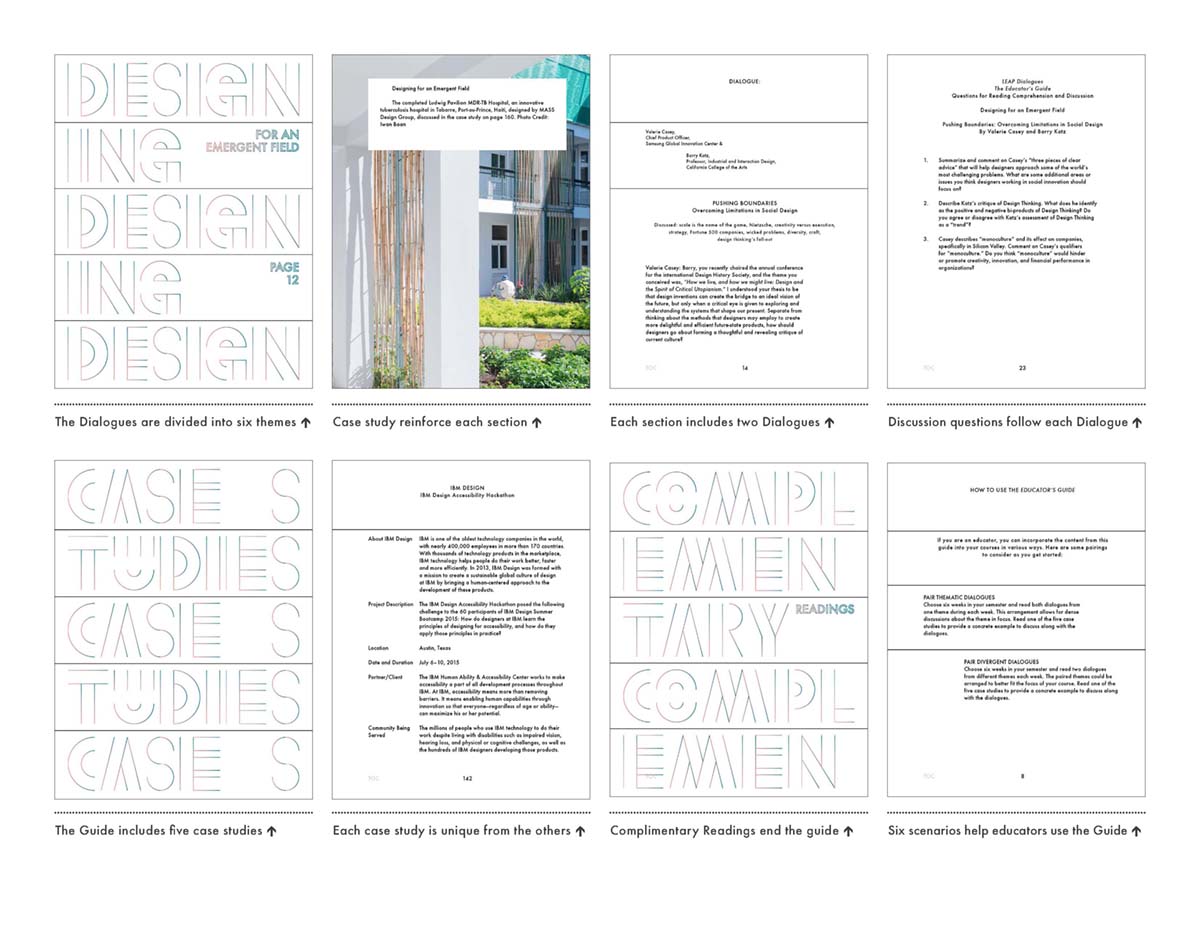
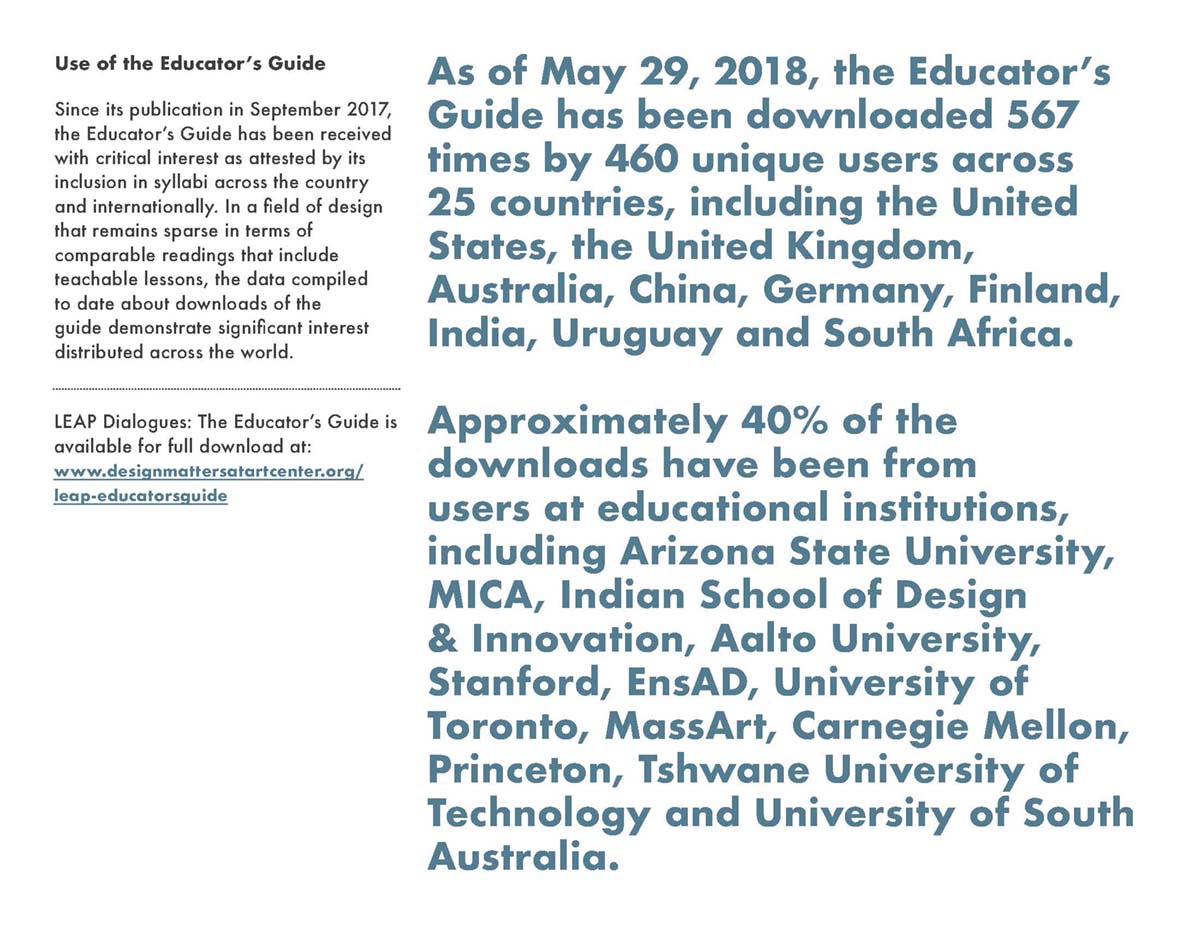




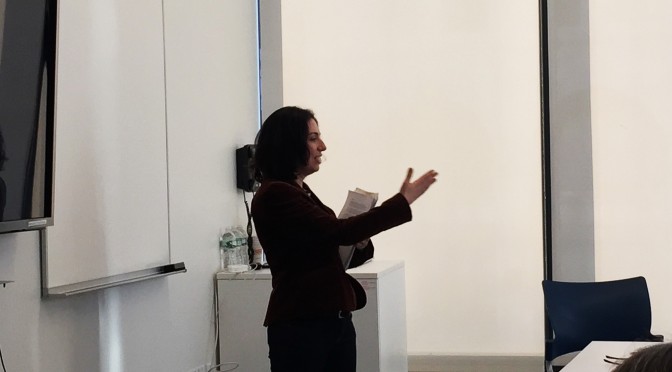

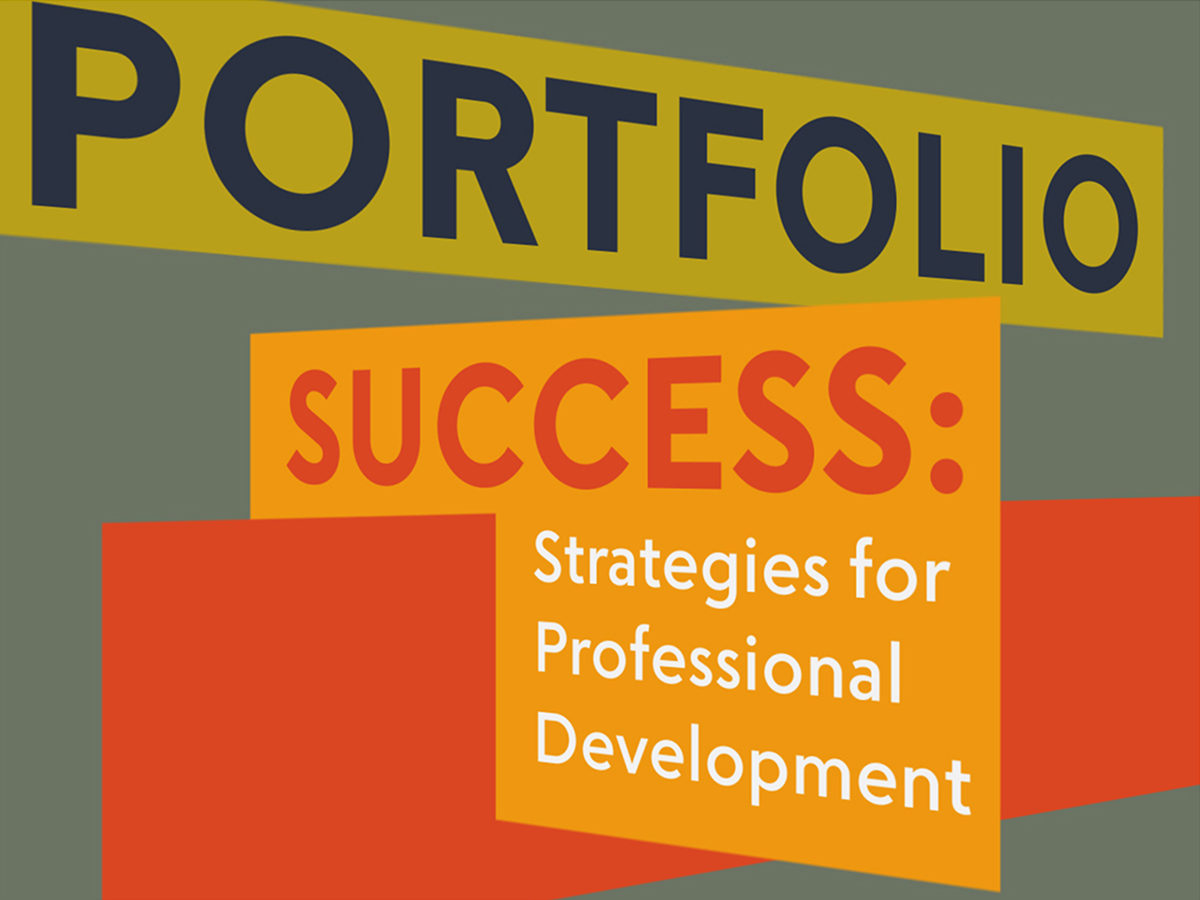
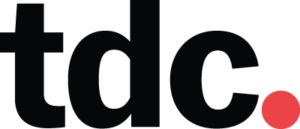 Join industry professionals and design educators for a panel discussion on creating effective design portfolios. We will explore the role portfolios play in a successful design career now and in the future and will ask, are traditional portfolios still relevant? If so, what does a successful portfolio look like and what kind of projects should be included? Panelist will discuss what clients and employers want to see and which abilities industry leaders consider most important? You are invited to join the discussion as we look at new ways of teaching and explore emerging trends in effective portfolio development.
Join industry professionals and design educators for a panel discussion on creating effective design portfolios. We will explore the role portfolios play in a successful design career now and in the future and will ask, are traditional portfolios still relevant? If so, what does a successful portfolio look like and what kind of projects should be included? Panelist will discuss what clients and employers want to see and which abilities industry leaders consider most important? You are invited to join the discussion as we look at new ways of teaching and explore emerging trends in effective portfolio development. 